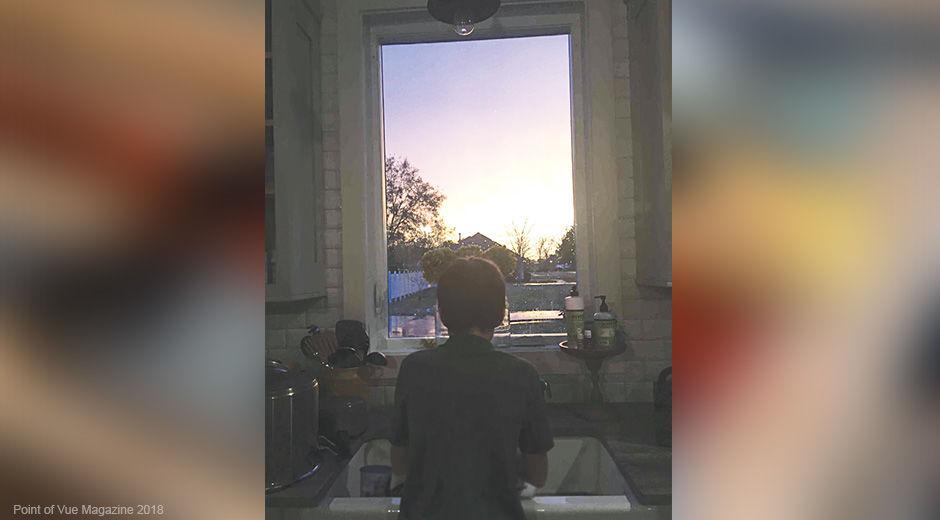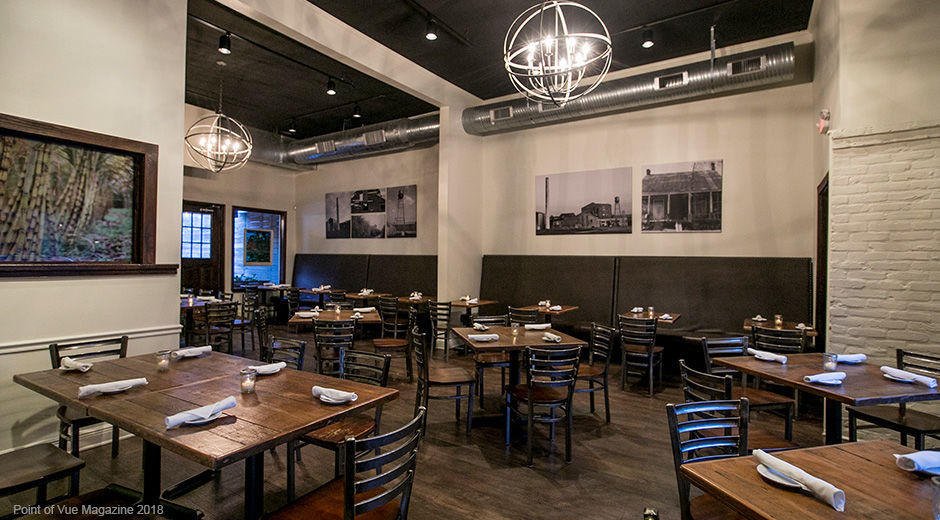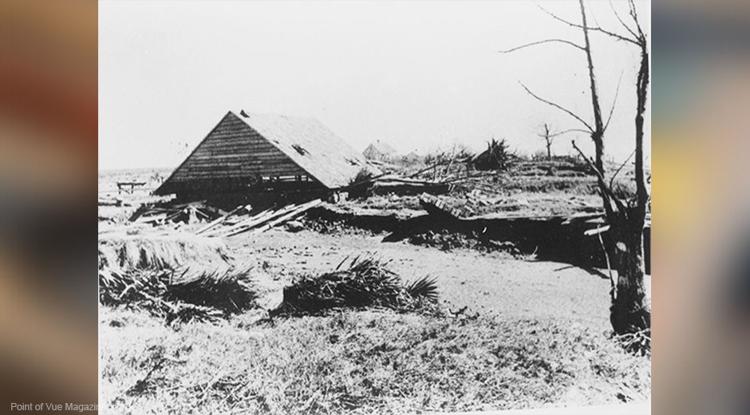
Seeking to Understand
October 1, 2018
Dining in Style
October 2, 2018Like many others in PoV country, I remember where I was for each hurricane that struck us. One of my earliest childhood memories is Betsy, when I spent a terrorized night away from my home in Golden Meadow evacuated to the high land of Cut Off. I remember Camille making its final turn away from us. Carmen tore down the tall pines and poplars in my family’s backyard. I watched Andrew bend huge, aged trees to the ground. And Katrina and Gustav are fresh in memory. But as October 2018 begins, there’s another to remember.
As midnight of the first day of this month turns to morning, it will be the 125th anniversary of the worst natural disaster in Louisiana History—one that affected our ancestors here in PoV country. In the darkness of October 1st and 2nd, 1893, “the Great Cheniere Hurricane” struck southeastern Louisiana with little warning, destroying the village of Cheniere Caminada and killing 2000 persons before it exited the continent at the Carolinas four days later.
In 1893, Cheniere Caminada was a thriving fishing village just north of the western tip of Grand Isle. It was built upon the common point of multiple shoreline ridges formed over long time. It was the most densely populated coastal village of its day and maybe in all of Louisiana history. Although reports differ,over 1600—both census residents and itinerant fishermen—lived there, contributing to its renown as the largest supplier of fresh seafood to New Orleans markets.
“Caminadaville,” as its post office was labeled, could be reached only by boat from Grand Isle and locations in Barataria Bay. As the twentieth century approached, over half the population of the village were school-age children, and yet there was no school. There was a Catholic church, however, and Kate Chopin used it as a scene in her famous novel, The Awakening, suggesting that many 19th century New Orleans summer vacationers staying at resort hotels on Grand Isle fulfilled Sunday obligations by boating over the pass to Cheniere Caminada.
A cold front had passed over Cheniere on Saturday, September 30th, 1893, making the sky cloudless and the weather cool. On the morning of the 1st, only a few breaking waves added a soundtrack to the wedding held that day. Over the hours, however, darkness grew, turning to blinding rain and howling wind. And then, in the darkness of night, a wall of Gulf surged ashore. By sunrise on the 2nd, when the church bell finally stopped pealing, no boats and nearly no homes remained. Half of the village population had perished, nearly all women and children.
On the front page of the Friday, October 13th edition of the New Orleans Times-Democrat, there’s a small illustration of the pyramidal roof of a wooden home that landed high on the cheniere ridge after its walls had been crushed by the tidal surge. The caption tells that 62 lives had been saved under that roof. If you know anyone from Louisiana with the family name “Rebstock,” then that person is likely a direct descendant of the man who built that roof—as well as my relative. The roof belonged to the home of John Rebstock, my great-great grandfather.
According to family history, in the middle of the nineteenth century Rebstock was orphaned as a young boy in New Orleans after his mother died of yellow fever and his destitute father left to prospect for gold in California. His parents were new immigrants from Germany who, like many others, came to the U.S. seeking opportunity but found hardship. After scrounging around the city for small jobs, he found employment working for a Cheniere oysterman who sold his catches at the city docks. He learned the trade well, he learned to speak French, and he made Cheniere Caminada his new home. Soon, he captained his own oyster boat, and then a company of three boats, and then a home on the cheniere for his growing family.
The home of my great-great grandfather ultimately served as sanctuary in 1893 for not just 62 persons but rather all of southeastern Louisiana, as survivors of the hurricane formed new settlements and families across Barataria-Terrebonne. Thus, the Great Cheniere Hurricane is not just a story of death and destruction but also survival and resilience—things important for us to remember 125 years later as we face the effects of climate change and coastal loss here in our own backyard.
The Great Cheniere Hurricane of 1893
Join Nicholls alumnus and Dean of the College of Arts and Sciences, Dr. John Doucet, for the 125th anniversary of the landfall of this historical hurricane — the second largest natural disaster in U.S. history — that dramatically changed early settlement the Nicholls service region.
October 12, 7-7:30 p.m., Danos Theatre, Nicholls State University
“As Long as the Earth Lasts”
Join the Nicholls Players for their Fall Semester production, a staged anthology telling the story of the great hurricane from contemporary and modern texts. The production includes scenes from Dr. John Doucet’s award-winning play, “Tant que Durera la Terre,” winner of the Louisiana Native Voices and Visions Award.
October 11-14, 7:30-8:30 p.m., Danos Theatre, Nicholls State University








